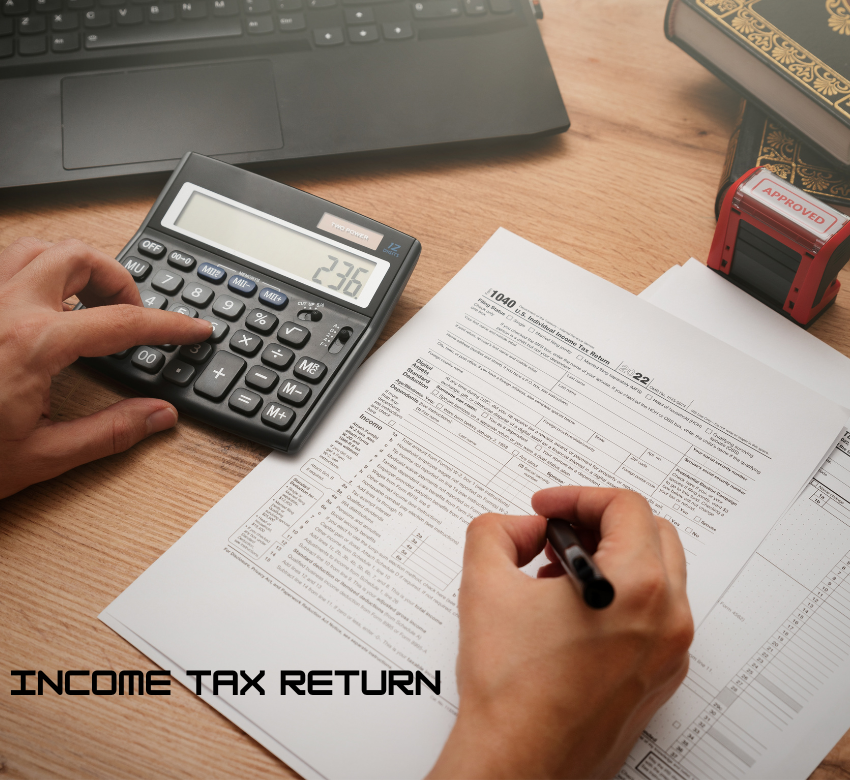3. Deductions and Exemptions
For Claiming Deductions: -Section 80C: Proof of investments for deductions such as life insurance premiums, Public Provident Fund (PPF) contributions, Equity Linked Savings Schemes (ELSS), National Savings Certificates (NSC), tax-saving fixed deposits, etc. -Section 80D: Health insurance premium receipts for self, family, and parents. -Section 24(b): Proof of interest on home loan (e.g., loan statements). -Section 10(14): Proof for house rent allowance (HRA) claims, such as rent receipts and lease agreements. Education Loan Interest: Receipts for interest payments on education loans. For Other Deductions: -Charitable Donations: Receipts for donations to charitable organizations with details of the charity. -Medical Expenses: Receipts for medical expenses eligible for deductions, if applicable.



